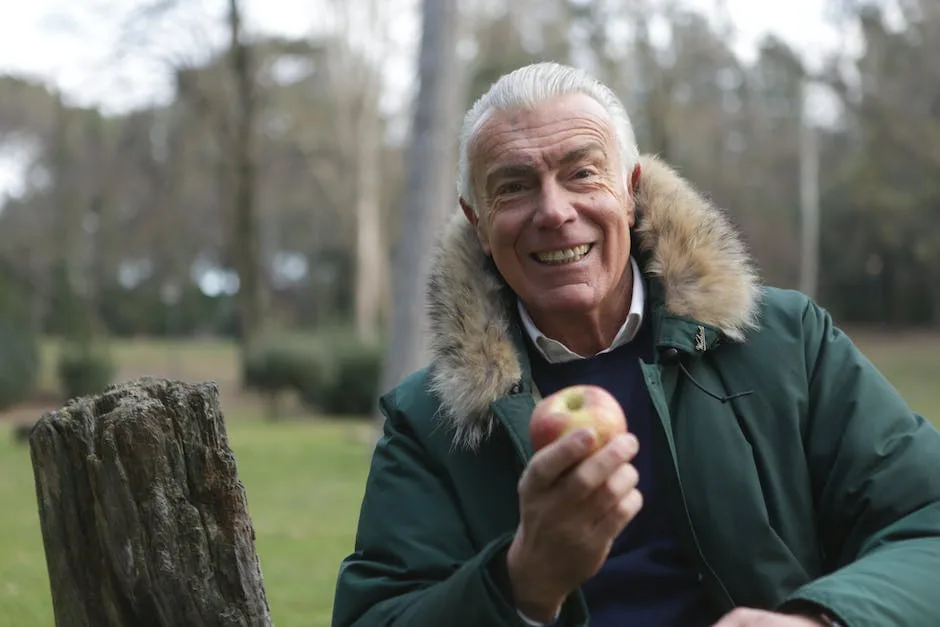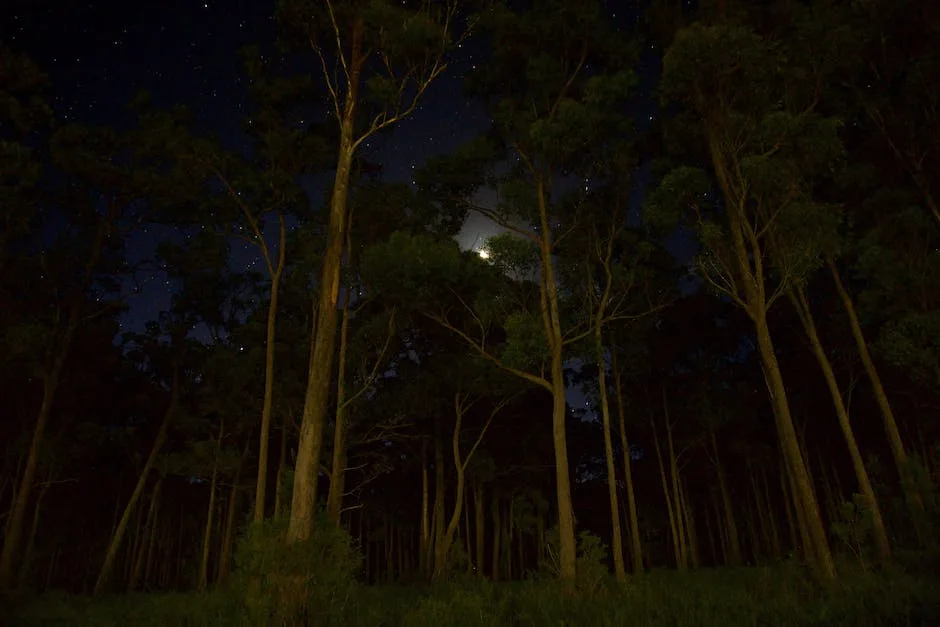There is a lot of debate surrounding whether or not apple trees are good for the environment. Some people argue that apple trees take up too much space and require a lot of water and attention to grow properly. Others argue that apple trees provide a valuable food source for both humans and animals, and their wide-spread growth helps to prevent soil erosion. Ultimately, the answer to whether or not apple trees are good for the environment depends on the specific circumstances and location in which they are grown.
There are a variety of opinions on whether apple trees are good for the environment. Some people argue that apple trees provide valuable resources for wildlife, including food and shelter. Others assert that apple trees can disrupt local ecosystems and cause problems for native plant and animal species. Ultimately, the decision of whether or not to plant apple trees depends on the specific circumstances of each case.
Are apples good for the environment?
Apple Orchards and the Environment
Apple orchards play an important role in the environment by extracting carbon dioxide from the air and producing oxygen. In fact, an acre of apple trees can remove up to 15 tons of carbon dioxide from the air each year and produce 6 tons of oxygen. This makes apple orchards an important part of the fight against climate change.
1 full grown apple tree can provide 2,500 apples each year. That’s a lot of food for local animals like birds, insects, and other wildlife, not to mention humans. Around the world, we work with ‘agroforestry’ farmers to plant fruit trees like pineapples and mangoes to help feed communities nutritious food.
Do apple trees clean the air
Trees play an important role in our environment by storing carbon dioxide in their fibers. This helps to clean the air and reduce the negative effects that this CO2 could have had on our environment.
An apple tree is a great addition to any yard or garden. They provide shade, a strong form, beautiful flowers in the spring, and a delicious crop of edible fruit. They are easy to grow and care for, and are a great way to get fresh, healthy fruit.
Do apple trees attract wildlife?
Abandoned orchards are great for wildlife because they provide a source of food for many animals. However, with the decline of New England agriculture, these orchards are being crowded out by forests and subdivisions. This is a problem for wildlife because it means there is less food available for them.
Apple trees are a great way to maximise the wildlife benefits in your garden. By providing shelter for invertebrates such as spiders, as well as the birds that eat them, they create a haven for wildlife. Their nectar and pollen also feed bees, and their buds provide food for bullfinches. In addition, the deadwood on apple trees supports beetles and their predators. And of course, there’s the abundant fruit that the trees produce. All of these factors make apple trees a great asset for any garden that is looking to attract and support wildlife.
What are the negative impacts of Apple?
There is no doubt that Apple has faced its share of ethical issues in recent years. Poor working conditions, child labor, environmental concerns, and tax avoidance are just some of the issues that have been brought to light. While Apple has made commitments to improve its practices, there seem to be many still lingering issues. As a consumer, it is important to be aware of these issues and make informed decisions about whether or not to support the company.
Apple trees are an important part of the process of living and growing. They take up carbon dioxide and release oxygen during photosynthesis, and in the process, they release moisture and evaporatively cool the air. This is an important role in the cycle of life, and helps to keep our planet healthy and balanced.
What are the benefits of planting an apple tree
1. Beautiful (and tasty!) blossoms: One of the best things about fruit trees is that they produce gorgeous blossoms that not only look fabulous, but also taste great!
2. Free food: Fruit trees provide fresh, free, local food that you can enjoy all season long.
3. Low maintenance: Compared to other forms of food-growing, fruit trees are relatively low-maintenance, making them a great option for busy people.
4. Priority habitats: Fruit trees provide important habitats for wildlife, including birds, bees, and butterflies.
5. Small and mighty: Even a small fruit tree can provide a bountiful harvest, making them a great option for small spaces.
6. Thirst quenching!: Fruit trees are a great way to stay hydrated, as they produce delicious and refreshing fruit juice.
Anti-smog trees are trees that are known to help reduce air pollution. There are many different species of anti-smog trees, but some of the most popular include the Norway maple, silver birch, Turkey oak, and ginkgo. These trees are known for their ability to filter out harmful toxins and pollutants from the air, making them a great choice for planting in areas with high levels of air pollution.
What tree is best for the environment?
Broadleaved trees are generally considered better than conifers because they have a larger surface area of leaves, which allows them to generate more photosynthesis. Additionally, broadleaved trees tend to absorb more heat than conifers, making them more effective at regulating temperature.
Conifer trees are some of the best pollution filters due to their needle-like leaves. needle-like leaves. Conifers, such as pines and cypresses, have a higher surface area to volume ratio, which means more of their leaves are exposed to the air. This allows them to intercept more airborne particles and pollutants.
How long do apple trees live
Apples are a deciduous tree fruit that is typically red and green in color. The average healthy and well cared apple tree can live from 50 to 80 years. However, there are striking exceptions to this rule. Some apple trees have been reported to live for more than a century. An apple tree rarely produces many fruits after its 50th year of age.
When planting semi-dwarf or dwarf apple trees, be sure to give them enough space to grow. Semi-dwarf trees should be spaced 15 feet apart, while dwarf trees should be spaced 10 feet apart. This will give them enough room to reach their full potential size and stay healthy.
How far should an apple tree be from a house?
This is to ensure that the roots of the trees do not damage the foundation of the home, and to prevent the tree from falling on the home in the event of a storm.
Mice and rats love fruit because of the smell and sweetness. This is why fruit trees act as magnets to these small creatures. They are drawn to the fruit tree by the smell and then they eat the fruit. This can be a problem for homeowners because it can attract these pests to their home.
Do snakes like apple trees
However, you should be aware of the potential downside of growing fruit trees near your home – it could attract snakes to your home. Snakes are attracted to the fruit trees for the same reasons you are – the fruit. If you have a snake problem in your area, it’s best to avoid planting fruit trees near your home to prevent attracting them to your property.
Fruit trees can be a real menace when it comes to insects. Many people who plant them live to regret their decision, as they are constantly having to battle against bugs and other pests. While some insects are actually beneficial to the tree, such as pollinators, many others can cause serious damage. From apple and pear trees to peach trees and apricot trees, many types of fruit trees suffer from insect damage. In order to protect your fruit trees from these pests, it is important to be diligent in your inspection and care. Regularly check your trees for signs of infestation and take action to remove the insects as soon as possible. Otherwise, you may find your fruit crop seriously diminished – or even nonexistent.
What animal loves apples the most
In the wild, large animals like bears and deer love to eat apples from trees. Not only do they eat the fallen apples, but they also reach up and eat apples from the branches. As for pets, small rodents like rats, guinea pigs, and hamsters love to eat small pieces of apples.
Fruit trees are a great way to attract deer to your property. Deer will readily consume apples, pears, plums, persimmons, and mulberries. By planting a variety of trees, you can ensure at least one ripe food source throughout the season. Most fruit varieties are available in dwarf, semi-dwarf and standard sizes. Dwarf varieties mature around 8- to 10-feet tall and wide.
Warp Up
Yes, apple trees are good for the environment. They help to improve air quality by producing oxygen and absorbing carbon dioxide. They also help to conserve water and prevent soil erosion. Apple trees provide food and shelter for wildlife, and their leaves can be used as compost.
There are many benefits to planting apple trees, including improve air quality, providing food and shelter for wildlife, and preventing soil erosion.Apple trees are also good for the environment because they absorb carbon dioxide and produce oxygen.
Jackson Hill is a passionate arborist with years of experience in the field of trees. He developed his fascination with trees at a young age, spending countless hours exploring the forests and climbing trees. Jackson went on to study arboriculture and horticulture at Michigan State University and later earned a degree in forestry from the University of Michigan.
With his extensive knowledge and expertise, Jackson has become a trusted authority on trees and their impact on the environment. His work has helped shape the field of arboriculture and he continues to be a leading voice in the industry.
